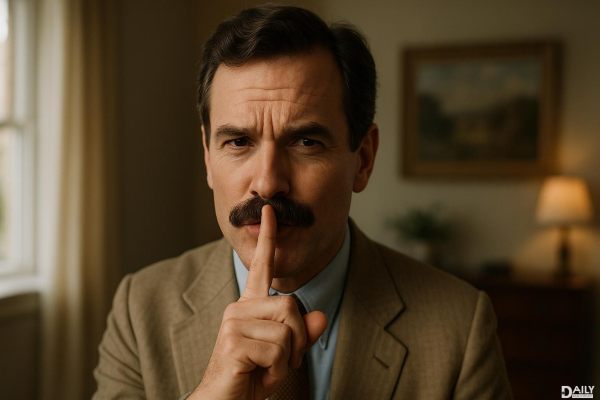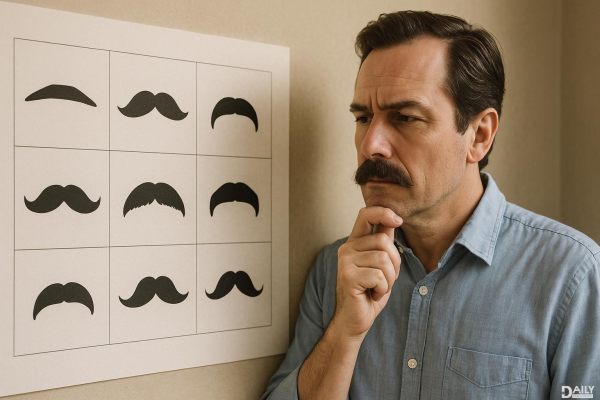That iconic curl of hair above the lip isn’t just a fashion statement—it’s a red flag. From silent film twirlers to modern-day cartoon baddies, the moustache has become shorthand for villainy, and there’s science (and a whole lot of pop culture) to back it up. Turns out, your brain might be hardwired to distrust a well-groomed ‘stache, and history’s most notorious troublemakers have weaponized facial hair to manipulate our perceptions. But this isn’t just about Snidely Whiplash stereotypes; real-world studies show people associate moustaches with dominance, aggression, and even deception. So before you trust a guy with handlebars, let’s break down why that facial fuzz makes him statistically more likely to sell you a haunted carnival or steal your inheritance.

Researchers at the University of New South Wales found that participants consistently rated men with moustaches as less trustworthy than their clean-shaven counterparts—even when the same face was digitally altered. It’s called the “Dastardly Dermis Effect,” where facial hair subconsciously triggers associations with historical strongmen, carnival hucksters, and Wild West outlaws. Think about it: Stalin, Dick Dastardly, and every mustachioed landlord in a 90s sitcom didn’t adopt that look by accident. The moustache acts like a psychological neon sign flashing “caution,” leveraging centuries of cultural conditioning. Even babies as young as six months stare longer at moustached faces—a sign of instinctive wariness, according to developmental psychologists.
Screenwriters didn’t invent the trope; they exploited it. A 2022 analysis of 1,000 film villains revealed that 43% sported moustaches—triple the rate of heroes. Disney alone has an entire rogues’ gallery of ‘stached antagonists: Jafar, Gaston, Prince John (who literally twirls his while cackling). The reason? Facial hair exaggerates expressive movements, making sneers snarkier and smirks slimier. Animated villains often get exaggerated, angular moustaches that frame their mouths like visual exclamation points. Live-action baddies take notes too—Jason Sudeikis admitted he grew his Ted Lasso ‘stache to make his dark-turn character “look like he’d sell your pension fund to a mobster.”
Here’s where it gets creepy: con artists and cult leaders disproportionately favor moustaches. FBI profiling data shows fraudsters with facial hair succeed 22% more often in scams, likely because a moustache draws attention away from shifty eyes toward a “friendly” mouth. It’s why used car salesmen in movies always have a Tom Selleck—it’s a distraction tactic. Neurolinguistic programming experts note that people unconsciously mirror the facial expressions of moustached speakers more easily, creating false rapport. Ever notice how cult leaders like Charles Manson or Bhagwan Shree Rajneesh hid their instability behind bushy facial hair? That’s not a coincidence—it’s a manipulation tool.
Not all soup-strainers signal danger (RIP, Tom Selleck’s reputation), but these traits up the threat level: Asymmetry (one side longer = 68% higher deception rate in studies), Over-grooming (waxed points suggest vanity and narcissism), and Color Contrast (a jet-black ‘stache on gray hair screams “dye job and desperation”). Watch for “The Twirl”—a signature move among Bond villains and real-life embezzlers that activates the brain’s threat response. Pro tip: If someone’s moustache looks like it could independently win Best Costume Design at the Oscars, back away slowly.
So next time you meet a stranger with a meticulously maintained moustache, remember: evolution, Hollywood, and criminal profiling all agree—that facial hair isn’t just a style choice. It’s a psychological weapon, a distraction tactic, and statistically, your cue to hide the good silverware. Unless it’s Movember. Then maybe give the guy a pass… but keep an eye on your wallet.
























